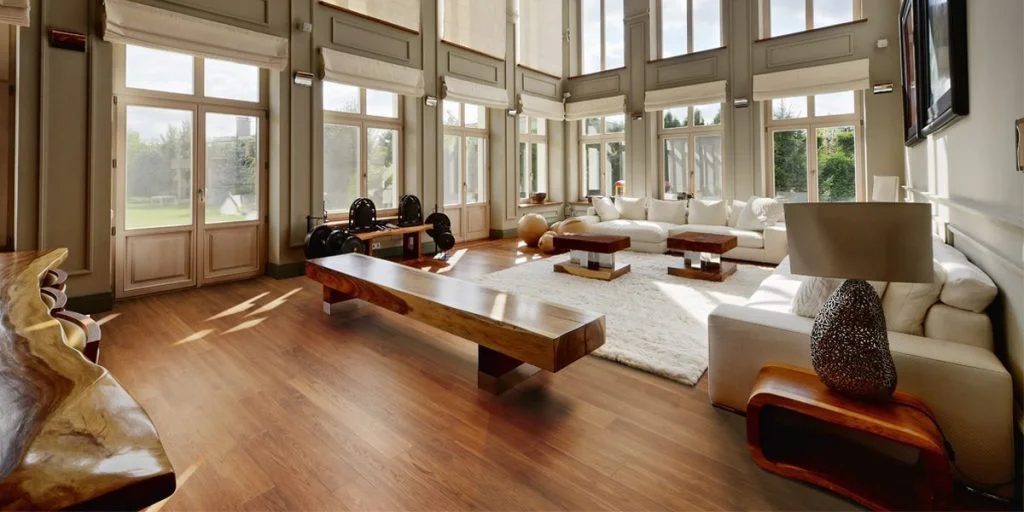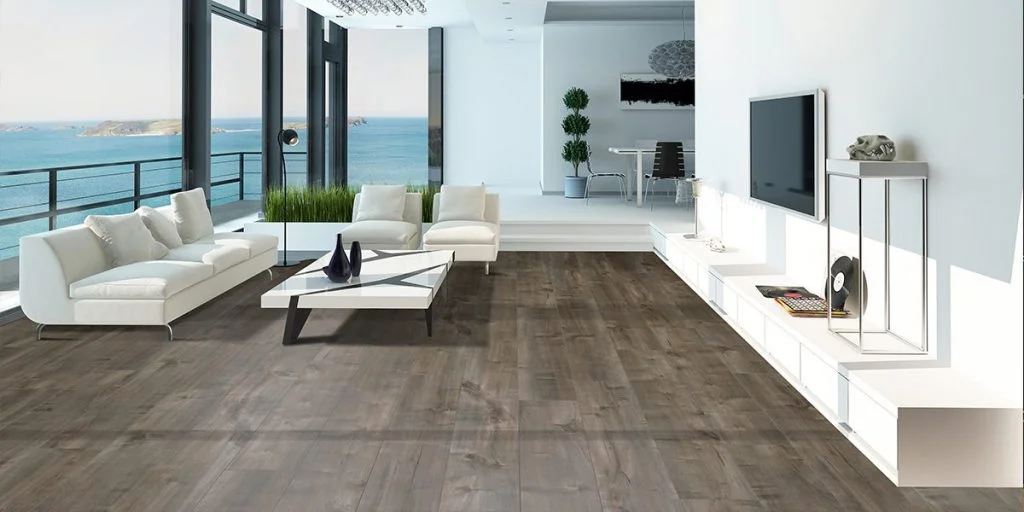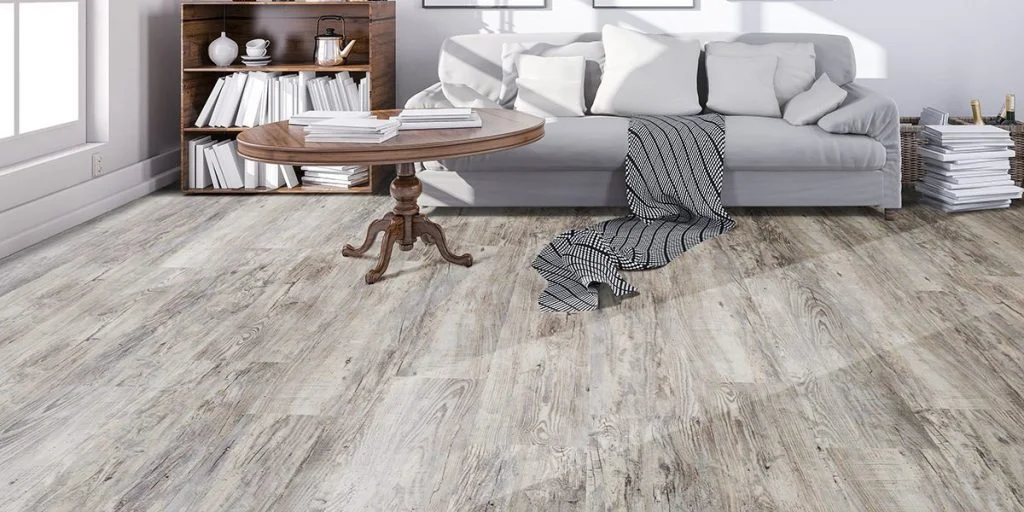Best Flooring Types
To choose flooring, it’s best to start by determining what you need. Consider these factors:
-
Room
Some types, like carpet or hardwood, aren’t ideal for every space.
-
Family Situation
Young children or pets need spill-proof and scratch-resistant flooring.
-
Budget
Price varies widely, so you need to know what you can afford.
-
Installation Requirements
Some materials need an underlayment or pad, which may cost extra.
-
Style
Certain types work better than others to create the right aesthetic.
-
Return on Investment (ROI)
Higher cost or quality often means a better long-term investment.
There are six popular flooring materials used in residential homes, from classic hardwood to eco-friendly laminate. Additionally, there are several other lesser-used types that come with their own benefits. Use the below guide to choose which type or types are best for your space.
Hardwood continues to be the top choice for its great appearance and long-term ROI.
-
Popular for its visually appeal
-
Many varietals available to vary color and style
-
High ROI
-
Can be resurfaced every 3-5 years
-
Best for shared living spaces
-
Expensive compared to other top flooring materials
-
Can develop scrapes, scratches and dents over time
-
Can incur moisture damage
Their are several pros and cons of laminate flooring to consider when researching this material.
-
Lower price than hardwood
-
Ease of installation
-
Durability
-
Variety of colors and styles, like natural wood
-
Good for high-traffic areas
-
Prone to moisture damage
-
Difficult to repair
-
Not ideal for kitchens or bathrooms
The total cost to install laminate floors averages between $2.70 and $10 per square foot
Vinyl flooring is not the cheap-looking alternative it used to be. These days, this synthetic flooring for the home is durable and effectively mimic wood, ceramic and stone.
-
Affordable
-
Versatile
-
Great for high-traffic areas
-
Easy to maintain
-
DIY installation possible
-
Lower ROI vs. wood or laminate
-
Less popular due to appearance



